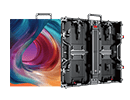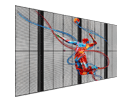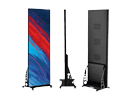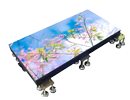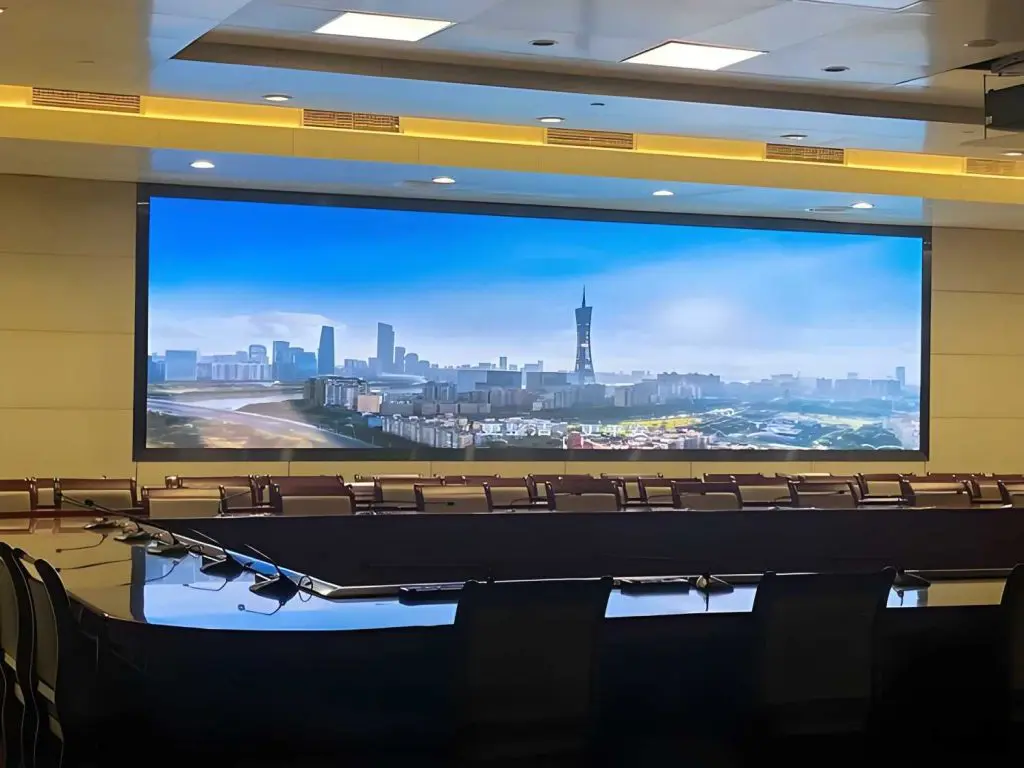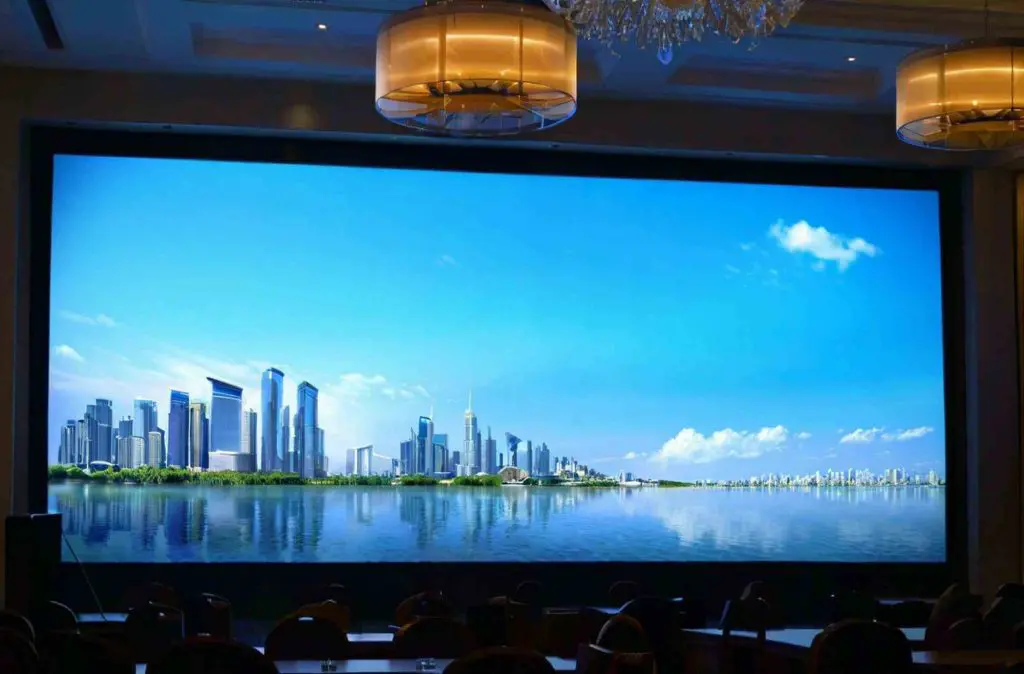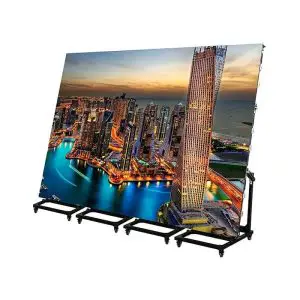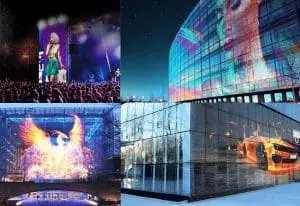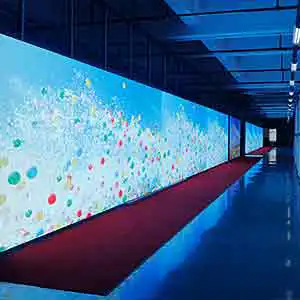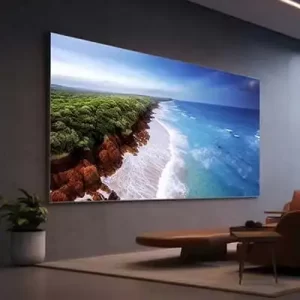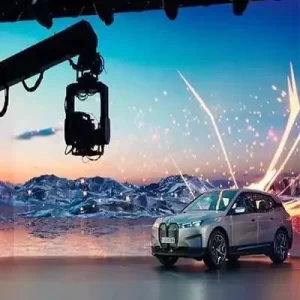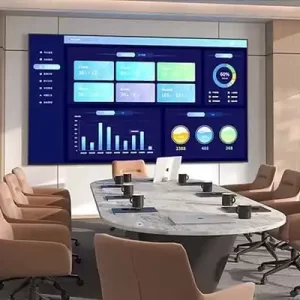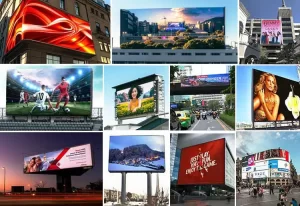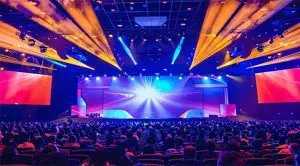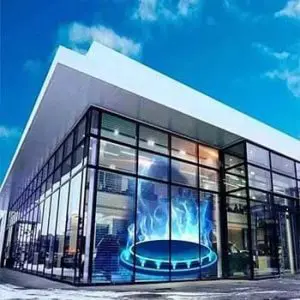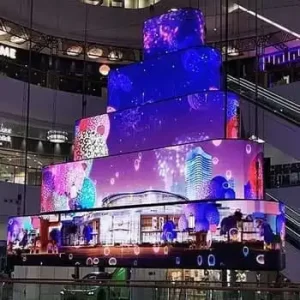Indoor LED screens are transforming how businesses, schools, and event organizers deliver impactful visuals. Whether you need a display for a conference room, a retail store, or an auditorium, indoor LED screens offer high resolution, vibrant colors, and seamless performance.
If you’re considering purchasing an indoor LED screen, this guide covers features, types, costs, and tips to help you make an informed decision.
What is an Indoor LED Screen?
An indoor LED screen is a high-resolution digital display designed for enclosed spaces. Unlike outdoor LED screens, they prioritize clarity and resolution over extreme brightness or weatherproofing. Indoor LED screens are ideal for close-viewing environments where audiences require detailed visuals, such as text, images, and videos.
Applications of Indoor LED Screens
1. Corporate Spaces
- Conference Rooms: Present slides, videos, and live feeds with crystal-clear visuals.
- Lobbies: Display branding, announcements, and welcome messages.
2. Retail Stores
- Showcase promotions, product videos, or advertisements to attract and engage customers.
3. Schools and Universities
- Use in classrooms, auditoriums, or hallways for teaching, events, or announcements.
4. Event Venues
- Perfect for weddings, trade shows, or concerts where dynamic visuals enhance the experience.
5. Control Rooms
- High-resolution indoor LED walls are used for monitoring dashboards, data visualization, and video feeds in sectors like security, transportation, and energy.
Features of Indoor LED Screens
1. High Resolution
- Pixel Pitch: Indoor LED screens typically range from P1.2 to P3, ensuring sharp and detailed visuals for close viewing.
2. Moderate Brightness
- Brightness levels of 800-1,500 nits are sufficient for indoor environments, ensuring clear visuals without being overwhelming.
3. Wide Viewing Angles
- Indoor LED screens provide 160°–178° viewing angles, ensuring the display is visible from almost any position in the room.
4. Lightweight and Compact Design
- Indoor screens are designed to be thin, lightweight, and easy to install, making them suitable for tight spaces or wall mounting.
5. Seamless Modular Panels
- The modular design allows for custom screen sizes and seamless displays, creating a smooth, uninterrupted viewing experience.
6. Energy Efficiency
- Indoor LED screens consume less power compared to projectors or older technology, reducing operating costs.
Indoor LED Screen Price Ranges
The price of an indoor LED screen depends on factors like pixel pitch, screen size, and brand. Below is a general price breakdown:
| Screen Type | Pixel Pitch | Size (Example) | Price Range (USD) | Best For |
|---|---|---|---|---|
| Small Indoor Screen | P1.2–P3 | 2m x 2m | $5,000–$24,000 | Retail stores, lobbies, classrooms. |
| Medium Indoor Screen | P1.2–P2 | 5m x 3m | $10,000–$50,000 | Auditoriums, event venues. |
| Large Indoor LED Walls | P0.6–P1.8 | 10m x 5m | $150,000–$300,000 | Concerts, control rooms, large events. |
| Interactive LED Boards | P0.6–P2 | 75″–100″ | $4,000–$7,000 | Classrooms, meeting rooms. |
Factors That Affect the Price of Indoor LED Screens
1. Pixel Pitch
- The smaller the pixel pitch, the higher the resolution—and the cost.
- P0.6–P2: Best for close-viewing applications (e.g., conference rooms or video walls).
- P2–P3: Suitable for medium distances (e.g., auditoriums or retail displays).
2. Screen Size
- Larger screens require more LED modules, increasing the overall cost.
3. Brightness
- Screens with higher brightness levels (e.g., for well-lit indoor spaces) cost more.
4. Control System
- Advanced processors and control systems for real-time content management or interactivity can add to the price.
5. Brand and Country of Manufacture
- Chinese manufacturers typically offer lower prices, while European or U.S.-made screens tend to be more expensive due to stricter quality standards.
Advantages of Indoor LED Display Screens
1. Superior Image Quality
- High resolution and brightness levels ensure clear, vibrant visuals even in well-lit rooms.
2. Customizable Sizes
- Modular panels allow for flexible configurations, making it easy to fit any wall or space.
3. Long Lifespan
- LED screens last 50,000–100,000 hours, making them a reliable long-term investment.
4. Low Maintenance
- Unlike projectors that require frequent bulb replacements, LED screens require minimal upkeep.
5. Eco-Friendly
- LED technology consumes less energy and reduces paper waste by replacing printed materials.
Where to Buy Indoor LED Screens
When looking for indoor LED screens for sale, consider the following sources:
1. Direct Manufacturers
- Best For: Bulk orders or custom designs.
- Examples: Chinese manufacturers like Absen, Unilumin, or ROE Visual offer competitive prices.
2. Distributors
- Best For: Local support, faster delivery, and smaller orders.
- Examples: Authorized distributors of major brands like Reissdisplay
3. Online Marketplaces
- Best For: Comparing multiple options and prices.
- Examples: Platforms like Alibaba, Amazon, or eBay (for smaller screens).
4. Rental and Resale Companies
- Best For: Cost-effective options for temporary needs or refurbished screens.
Tips for Buying the Right Indoor LED Screen
- Determine Your Needs
- Is it for teaching, advertising, or events? Choose the right pixel pitch, size, and brightness based on the application.
- Consider Viewing Distance
- For close viewing (e.g., classrooms), choose P0.6–P2. For medium distances (e.g., auditoriums), P2–P3 is sufficient.
- Set a Budget
- Factor in additional costs like installation, content management software, and maintenance.
- Check Warranty and Support
- Look for a supplier offering at least 2–3 years of warranty and after-sales support.
- Request a Sample or Demo
- Before purchasing, ask to see a sample unit or demo to test the screen’s quality and performance.



